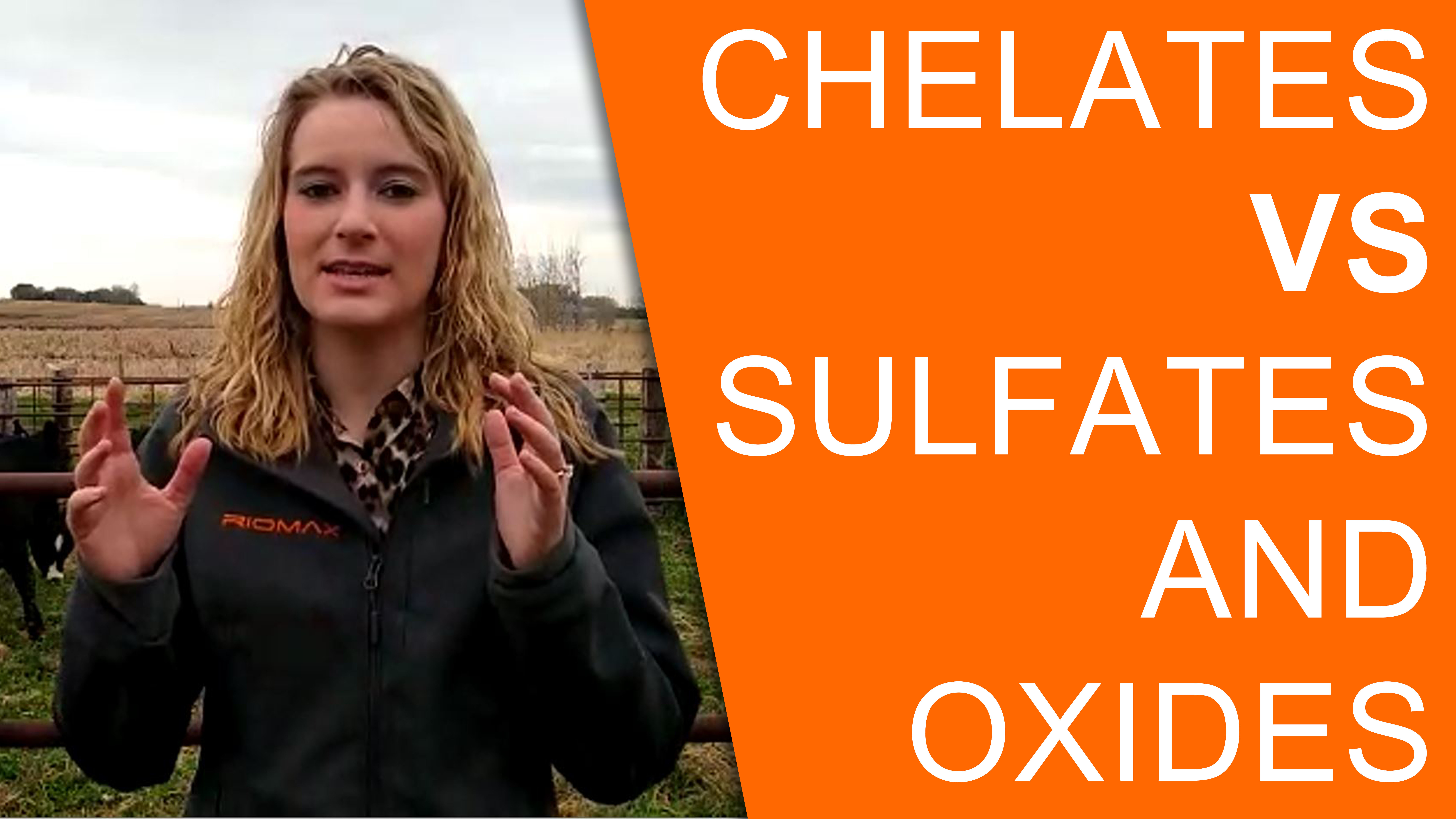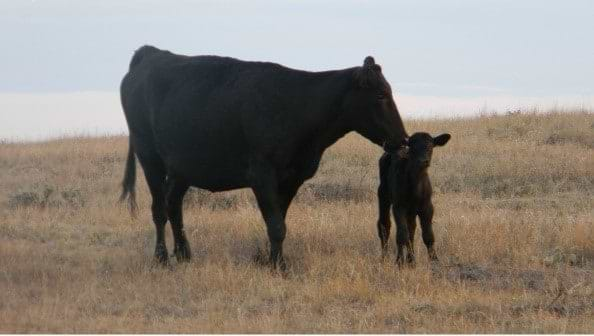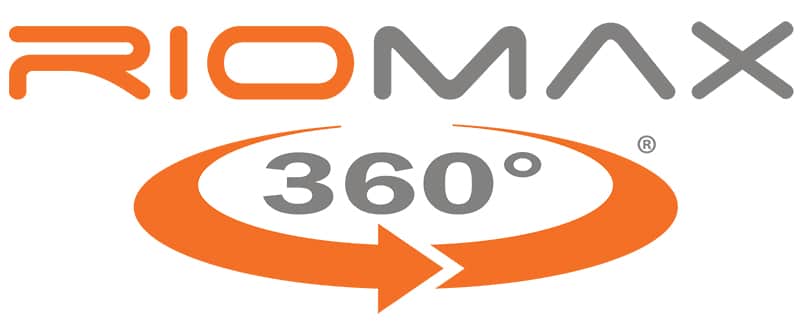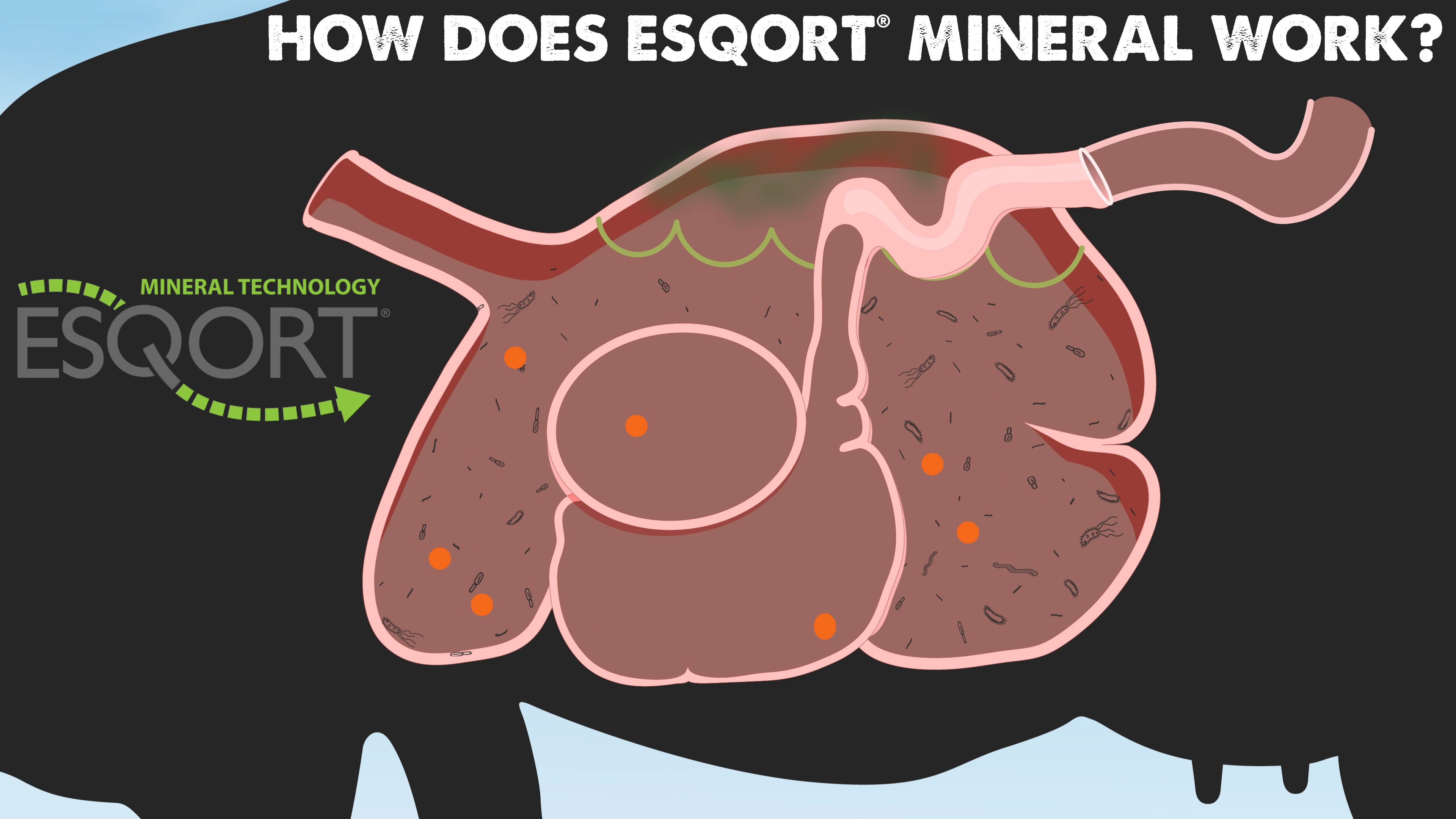Last updated on October 10th, 2023 at 01:34 pm

What is a crystal or chelated mineral, and how is it different than a sulfate or oxide found in cattle mineral products?
Protected vs. Unprotected Minerals
Protected Minerals
A crystal or chelated mineral is a protected mineral. If “Protected Mineral” is the umbrella term, then it encompasses both chelates and crystals. Chelates and crystals are two types of protected minerals. They are highly available to the animal.
Unprotected Minerals
Sulfate and oxide minerals are unprotected minerals. They have been used in the industry for a very long time. They are very low cost for the plants to make, and easy to include in your mineral supplement. They are also low cost for the rancher to buy, BUT they have a low availability to the animal.
Do chelated minerals affect your results?
The biggest difference between protected and non-protected minerals is the results they give you. Those results actually depend on the availability of the minerals.
The non-protected minerals (sulfates and oxides) have a very low availability or lower success rate of getting to the site of absorption in the digestive system: the small intestine. They need to get into the bloodstream. Copper, zinc, and selenium need to get into the bloodstream to get where they need to go to do their job. The success rate of non-protected minerals is so much lower because of the low availability.
On the other hand, the crystal and chelated minerals have a higher availability or success rate because they are protected.
Let's use copper sulfate as an example. If you have a copper molecule such as copper sulfate, it is an unprotected mineral. It is going to get ingested by the cattle and sent down the digestion tract. It will travel through the rumen do its thing there but the end game is to get to that small intestine. In the rumen, it can get antagonized or bound up by other things like molybdenum. If tied up, it is too large at that point to be absorbed into the bloodstream. This tied up copper mineral did nothing for the cow and is now in your manure. Copper sulfate is actually detrimental to the good bugs in the rumen and in the soil.
If you are looking to check the box that you are 'feeding a mineral', then non-protected mineral will do the job. Unfortunately, it probably won't do a whole lot results-wise.
Protected minerals like crystal and chelated minerals look more like a celebrity. Picture a celebrity traveling through crowd trying to get from point A to point B safely, without getting tied up in the crowd. They need a team of bodyguards. Now take your copper mineral like copper proteinate. Copper proteinate, which is a form of a chelating mineral, has a protective coating around the copper so now as it's traveling through the rumen, if things try to bind to it, they can't because it's already bound. It is more prepared to get through that harsh environment of the rumen and get to the small intestine where it can be absorbed.
Benefits of Highly Available Protected Minerals
- Help your cattle breed back better
- Help the overall herd health
- Help those little calves get off to a better start because they are meeting their nutritional requirements day after day after day.
Protect your Return on Investment
While sulfate or oxide minerals will be cheaper than the chelated or crystal minerals - it's all about that return on investment and what you're looking to get out of it.
If you're looking for something that's really going to move the needle and give you results, protected crystal or chelated minerals are the way to go!
Some products are middle-of-the-line and maybe use some of each type of mineral. Though not a bad thing sometimes a mixture of sulfate or oxide-bound mineral with a crystal or chelated mineral can cancel out the results altogether.

To protect your financial investment and for the highest ROI, use a chelated or crystal mineral (a protected mineral) if you're really looking to move that needle on impacting results.



